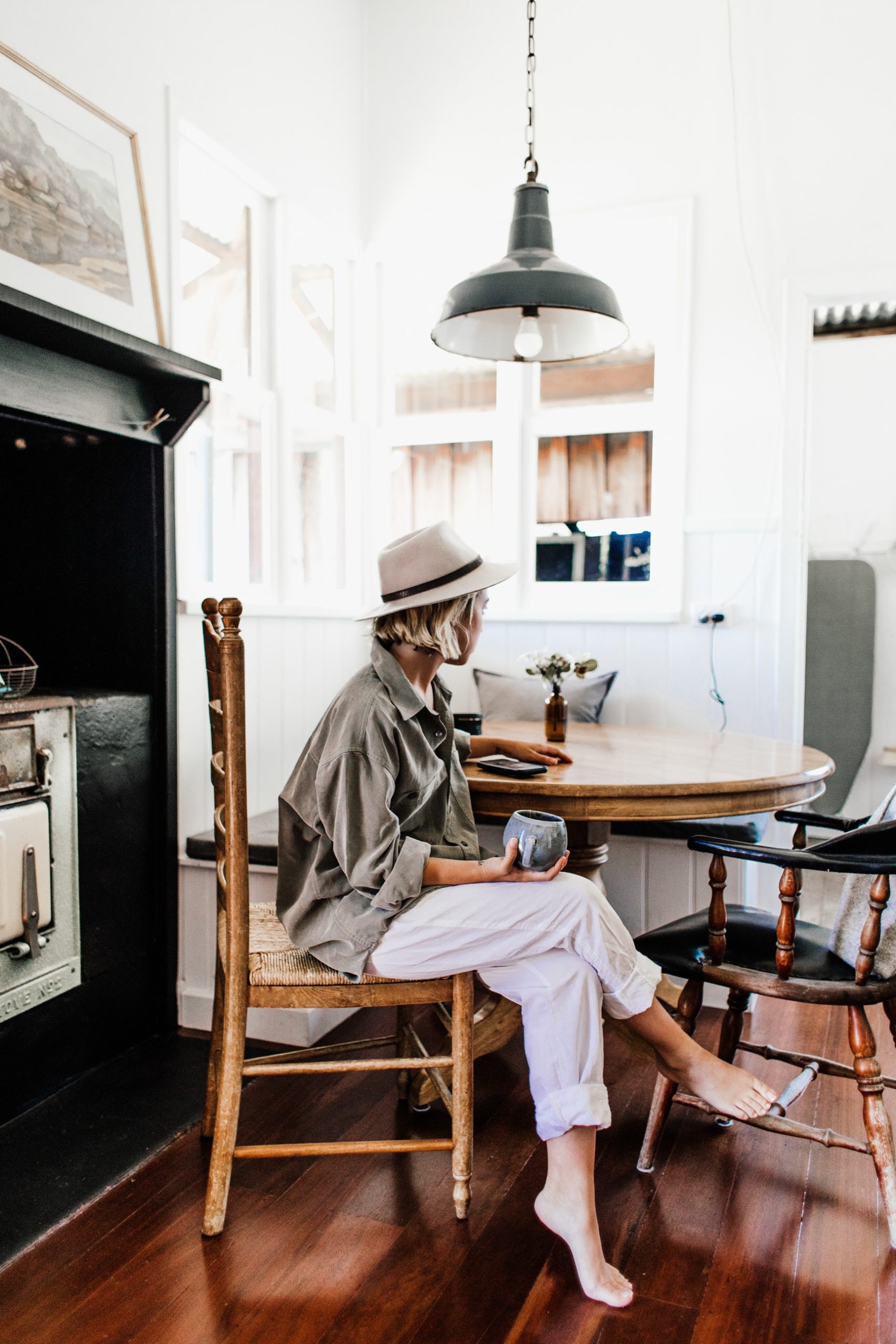Self-Soothing Techniques as a Response to Trauma
When a person experiences trauma, their body decreases the ability to control their emotions. As Mollon’s research suggested, the experience of trauma deregulates the individual’s ability to regulate emotional experience and manage physical arousal (Mollon, 2005). This process may leave the trauma survivor hypervigilant and vulnerable to any emotional, physical, and sensory cues reminiscent of the trauma. When a trauma cue is present the mind and the body become activated similarly to being exposed to the actual threat (Van der Kolk, 2002). This experience of hyperarousal makes it important for trauma survivors to build skills that will strengthen their ability to not only regulate emotions but increase their ability to experience safety in the present moment. These self-soothing techniques will allow the trauma survivor to feel more in control of their emotions and circumstances.
Grounding Skills
The first self-soothing technique I would recommend is grounding, which can be utilized to anchor the mind and the body in the present moment. Building grounding skills assist with differentiating between sensations and emotional reactions triggered by past traumatic experience by increasing awareness that there is safety in the present moment. An individual can anchor themselves in the present moment through the utilization of their senses such as sight, touch, taste, smell, and sound. Utilizing the senses, an individual can attempt to identify objects in the environment that shift their focus to the present moment, such as counting all of the blue objects in the room or orienting one’s mind to focus on the current time date and location in which they are (Lee & James, 2011). It is important to focus the attention on an external, realistic experience rather than the one going on internally.
Enhancing a Calm State
It is also important to practice daily exercises that enhance experiences of calm and safety while promoting the individual’s ability to recover from hyperarousal (Shapiro, 2001). An individual may construct an image in the mind that signifies peace and tranquility (Shapiro, 2001, Miller, 1994). This place can be a real place or imaginary. The most important part of this exercise is to utilize the senses to enhance the experience by noticing sights, sounds and smells you’d expect to experience in this place while paying particular attention to how the body feels when calm. The positive associations created during the exercise can be cued throughout the day by the use of cue words, objects, and scents. Lee et al., 2011 suggest carrying objects associated with safe memories or utilizing scents that signify safety and compassion as reminders throughout the day. If negative associations begin to develop during the use of the guided safe place imagery, distancing techniques may be utilized to regain safety during this meditation. Such as changing the picture to black and white or building an imaginary force field around the safe place that serves to prevent negativity from entering the scene (Rothschild, 2003). It is important to focus on the breath during this exercise to facilitate centering and relaxation. A person may imagine stressors being released during exhalation and the enhancement of pleasurable sensations during inhalation. For some individuals, the utilization of soothing music during this exercise can enhance a calm state and disrupt distracting thoughts from interfering.
Containment Exercises
Another useful self-soothing technique is partaking in containment exercises, which provide a way to separate from painful, intense emotions until they can be processed in the safety of a therapeutic relationship. The purpose of containment is to help an individual regain control of emotions by creating the freedom to choose when and where these emotions will be processed. Containment can be achieved by utilizing imagery of an actual container that is large and strong enough to hold painful emotions and memories. This exercise is enhanced by remembering that the container can only be opened when it is safe to do so. The container is then sealed and a person may choose to add negative emotions to hold throughout the day until they are ready to be examined further and processed.
It is equally important to utilize mindfulness, grounding, containment, and guided imagery/relaxation techniques when distressing emotions are experienced and to practice these skills daily even when distress is not present. Continued practice will lessen the frequency and severity of distress experienced overtime while providing an avenue to soothe difficult emotions when experienced.






